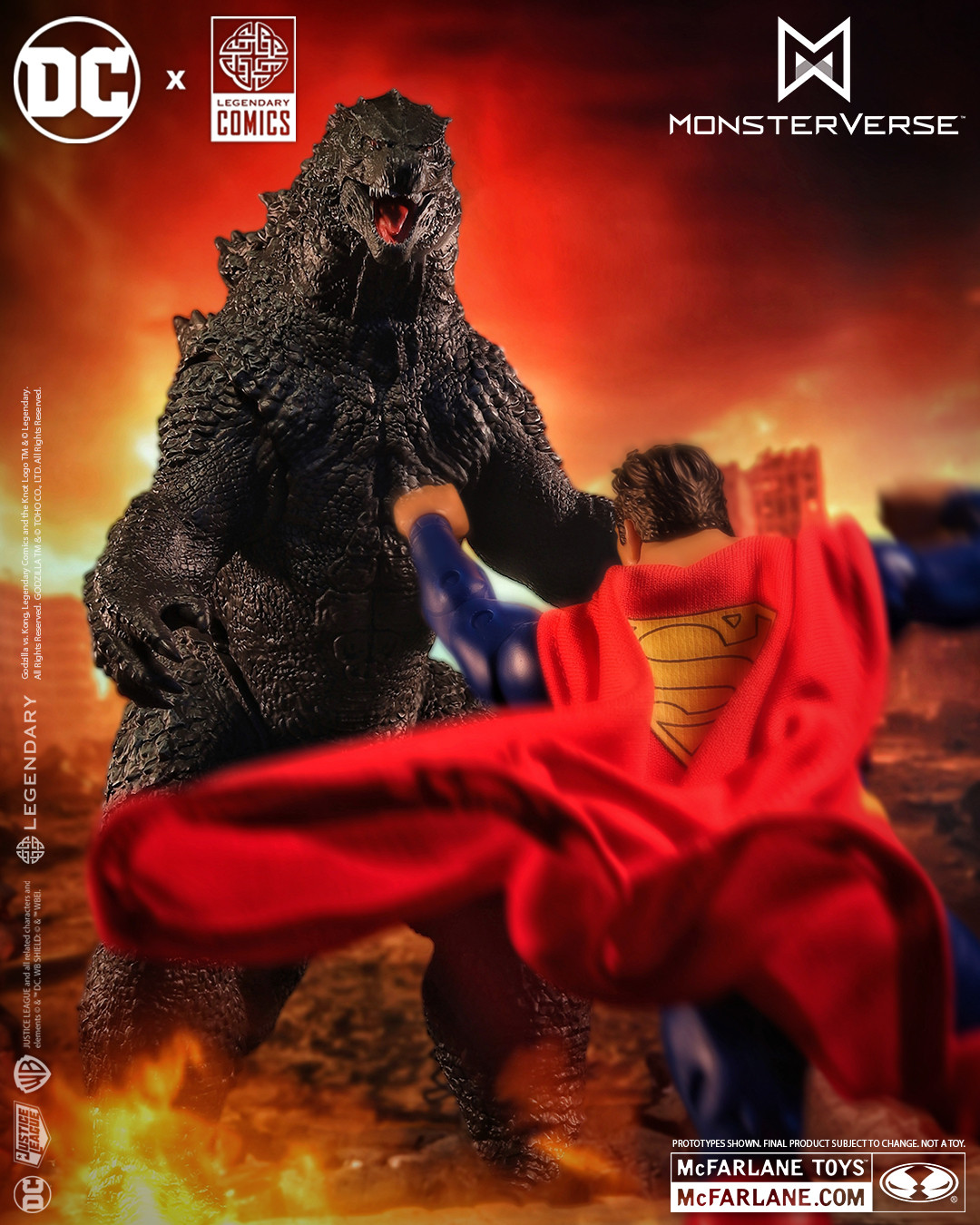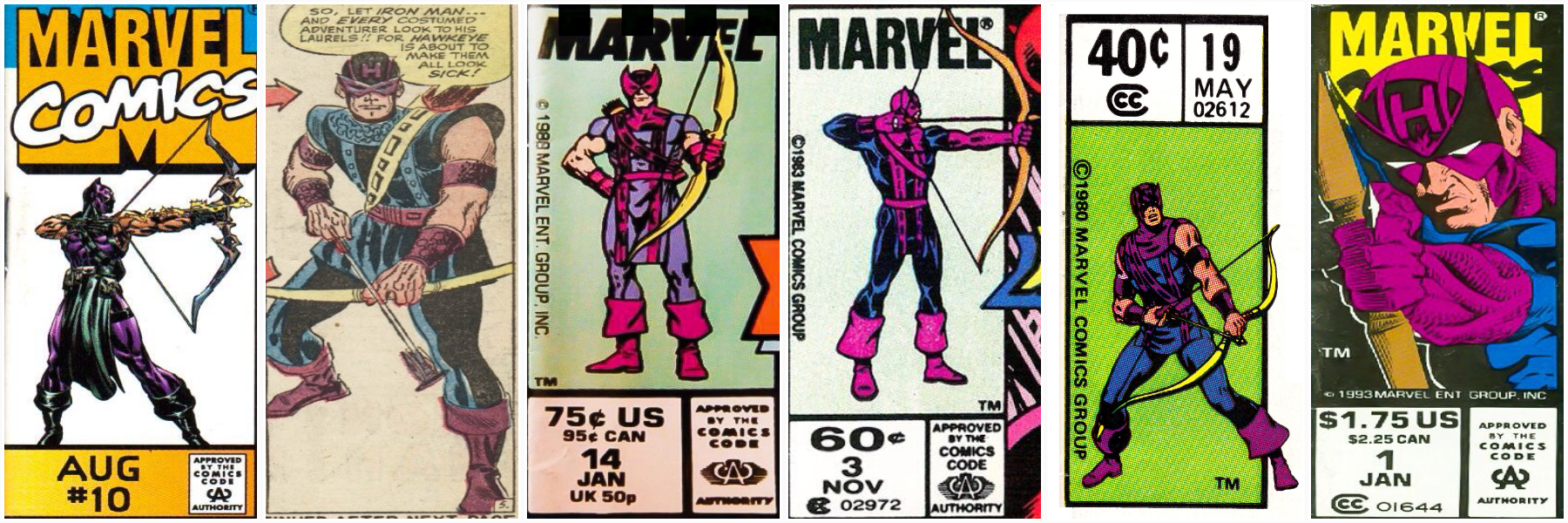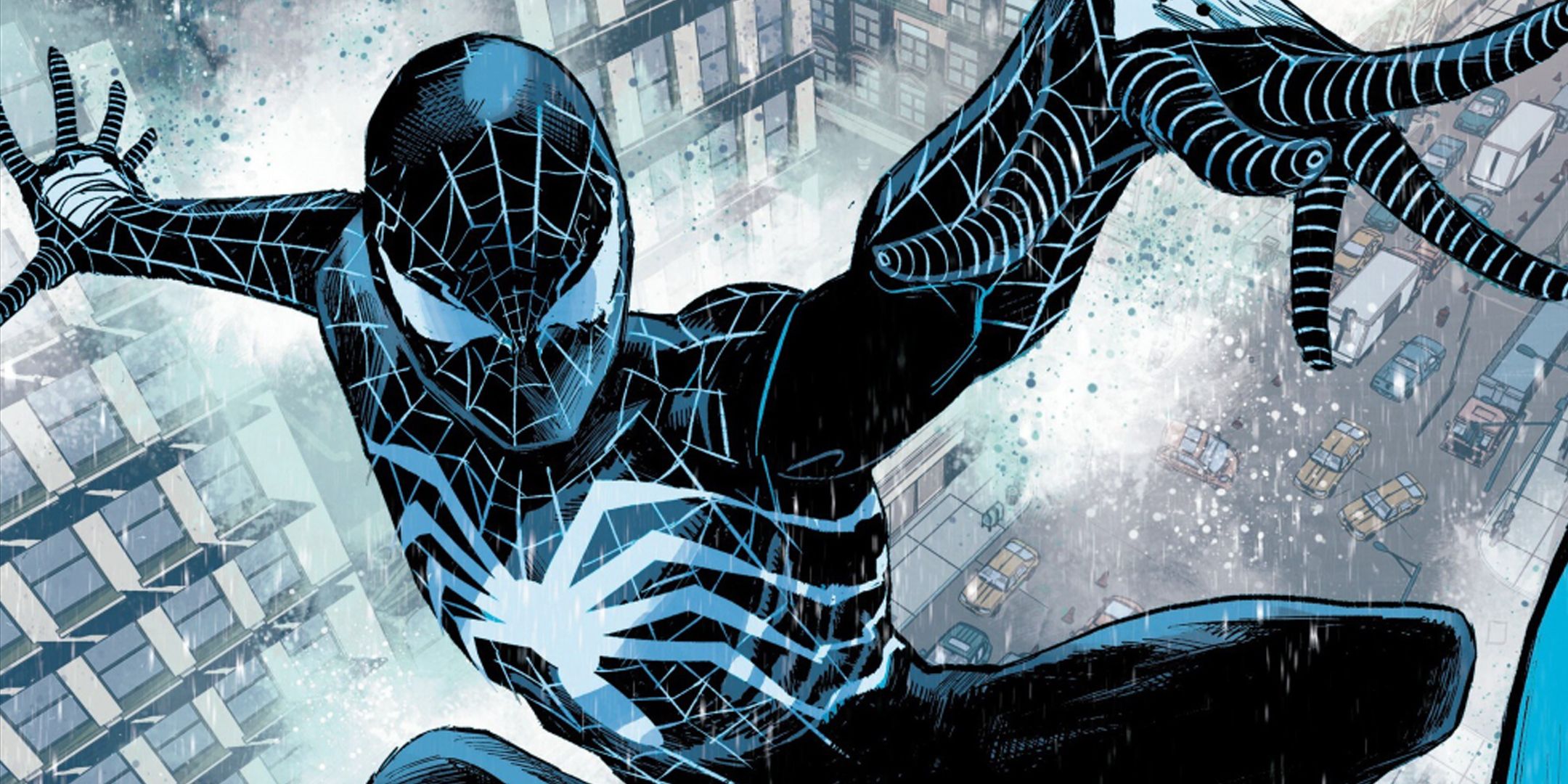Valerio Stivé | June 4, 2025
 Photo of Gianfranco Manfredi by Mirella Lisignoli.I
Photo of Gianfranco Manfredi by Mirella Lisignoli.IOn Jan. 17, comics writer, novelist, screenwriter, actor, and singer-songwriter Gianfranco Manfredi passed away in Milan after a long struggle with a serious illness. Manfredi was one of the most prolific and multifaceted writers in the Italian comics landscape, renowned for creating numerous characters for Sergio Bonelli Editore, the foremost publisher of mainstream comics in Italy.
Born in Senigallia in 1948, Manfredi spent the majority of his life in Milan, where he earned a degree in philosophy in 1973. During the tumultuous late 1960s and early 1'70s, he became actively engaged in countercultural movements, and started a career as a singer-songwriter.
Long before venturing into comics and novel writing, Manfredi released several albums, and throughout his career as a musician, he collaborated with artists such as Mina or Celentano, and the band Premiata Forneria Marconi (also known by the acronym PFM). His work as a musician was deeply rooted in social and popular themes, with a particular focus on the everyday struggles of the proletariat and the blue-collar classes of the time, often satirizing the condition of young people of that era.
Manfredi’s approach to social issues was never overtly ideological. Rather, it was often critical and laced with irony, as shown by titles like "Zombie di tutto il mondo unitevi" ("Zombies of the World, Unite"), from his third album, released in 1977. In the song "Agenda 68" from the album Ma non è una malattia (But It Is Not a Disease, 1976), Manfredi sings of boredom and alienation. Before the rhyme unfolds, he delivers the verse: "I'd like to read a book, a Tex or a Topolino" — the latter being the Italian name for Mickey Mouse. In this funny and intriguing choice of words, he portrays a listless young man who vaguely refers to "a book" while placing the widely popular comic book characters Tex and Mickey Mouse on the same level as literature. Decades later, he would go on to write stories for one of those two characters, Tex.
It was only after the 1980s — during which he also worked as a screenwriter — that Manfredi began writing and creating comics, in an age that can be considered a golden one for mainstream Italian comics. In those years, on the corner of every street in cities and smaller towns, there was a newsstand brimming with comics, and Bonelli titles had become the true icons of Italian pop culture. The immense success of the character Dylan Dog, which debuted in 1986, played a crucial role in this phenomenon. Young readers, mostly teenagers, were storming newsstands to get their multiple monthly doses of these comics.
To meet this growing demand, between the late 1980s and early '90s, Sergio Bonelli Editore did everything possible to expand its offering. Smaller publishers followed suit, producing dozens of bonellide books — a term that among fans describes books in the classic 96 pages, 16x21 cm format typical of Bonelli comics. It was in this fertile creative landscape that Gianfranco Manfredi entered the Italian comics scene, not just as a writer but as a creator of new characters, launching Gordon Link in 1991 for the publisher Editoriale Dardo.
Designed by artist Raffaele Della Monica, the character — like many others of that era — can be seen as an epigone of Dylan Dog. Just like the ultra popular Bonelli character, Gordon Link is a detective of the occult, who concentrates his activity mainly on ghosts. And just like its more famous model, Link's stories had tons of explicit references to horror movies, novels and cliches of the genre. Like several other series born in the wake of the editorial trends and successes of the time, Gordon Link is not remembered as a landmark title. However, it certainly satisfied readers' appetites at the time and served as a training ground for some authors. For Gianfranco Manfredi, the series had the value of bringing him to the attention of Sergio Bonelli Editore, leading him to write for Dylan Dog itself, at a time when the Milan-based publishing house was grabbing and recruiting as many talents as possible.
Gianfranco Manfredi’s debut on Dylan Dog came in issue #95 of the regular series, published in August 1994. Over the years that followed, the writer penned numerous other Dylan Dog stories, including seven more in the main series and four in the giant size summer special series. From that point, his collaboration with Bonelli lasted for decades, right up until his passing.
 Dylan Dog #95 I giorni dell’incubo - (“Days of the Nightmare"), Angelo Stano (cover art), Gianfranco Manfredi (script), Luigi Siniscalchi (art)
Dylan Dog #95 I giorni dell’incubo - (“Days of the Nightmare"), Angelo Stano (cover art), Gianfranco Manfredi (script), Luigi Siniscalchi (art)In the second half of the 1990s, Manfredi contributed 18 stories to Nick Raider, a thriller series created by Claudio Nizzi in 1988 for Sergio Bonelli Editore, which ran for 200 issues until 2005. The book followed the titular character, a detective in modern-day New York. During its run Manfredi collaborated with such artists as Ivo Milazzo, Ferdinando Tacconi, and Sergio Toppi, and Corrado Mastantuono, who would often work with Manfredi.
In 1997, while delivering numerous scripts for Dylan Dog and Nick Raider at Sergio Bonelli Editore, Manfredi created his longest-running and most important character — Magico Vento ("Magic Wind”), the titular character of a monthly series that lasted for 130 books until 2011, a special issue, and a second, 4-issue mini-series published in 2019. Some of the biggest names in the Italian mainstream comics scene of the time worked on Magico Vento stories, including Andrea Venturi (covers 1-31), Pasquale Frisenda (covers 32-75), Corrado Mastantuono (covers 76-130), Ivo Milazzo, José Ortiz, Luigi Piccatto, Goran Parlov, and Pasquale Frisenda. And while Manfredi penned most of the character's stories, other writers who worked on the series include veterans Tito Faraci and Renato Queirolo.
The first issue of Magico Vento is said to have sold around 180,000 copies on Italian newsstands, a number to which is hard to aspire to now that a six-figure sale is probably an achievement that only a couple of very popular titles are able to reach (official numbers are not available but we can safely guess that these two are Dylan Dog and Tex). The book established a new voice on the scene, and with Magico Vento Manfredi was now a creator to look out for, one of the writers that would give new strength to the industry in the decades to come.
 Magico Vento #1 Fort Ghost: Andrea Venturi (cover art), José Ortiz (art), Gianfranco Manfredi (script)
Magico Vento #1 Fort Ghost: Andrea Venturi (cover art), José Ortiz (art), Gianfranco Manfredi (script)Magico Vento follows the adventures of Ned Ellis, a soldier/victim of a train accident caused by a corrupt officer, who attacked the train using dynamite to steal the weapons it was carrying. Ellis suffers a head wound, causing him to lose his memory. He is rescued by a Sioux shaman, who takes him under his protection, gives him the name “Magic Wind,” and teaches him to become a medicine man with the gift of visions.
Magico Vento could be seen as a mix between Tex and Dylan Dog, thanks to its huge dose of horror in a Western setting. The titular character is basically a detective of the occult, just like Dylan Dog, who instead of living and working in modern-day London, meets his adventures in the Wild West, facing similar threats as the two older Bonelli heroes, Tex and Zagor, the latter being the one most involved with unexplainable wild mysteries.
The success of Magico Vento crossed the borders of Italy, and selected stories from the series have been translated in English (Epicenter Comics), Spanish (Aleta Ediciones), French (Mosquito), and in other languages (in Eastern Europe and Turkey, where Bonelli comics are widely appreciated). Several other works written by Manfredi were published outside Italy as well, including his western graphic novel, Il procuratore, featuring art by Pedro Mauro.
In the years that followed, the unbounded creativity of Gianfranco Manfredi gave birth to the following Sergio Bonelli Editore series: Volto Nascosto (14 issues, 2007-08), set in Africa during the 19th century and featuring a masked hero; Adam Wild (26 issues, 2014-16), about a Scottish adventurer in Africa during the 19th century; Cani Sciolti (15 stories, 2018-19), set in the Milan of the 1960s with all of its social turmoil; and Shangai Devil, a sequel to Volto Nascosto (18 issues, 2011-13). In addition to these titles, other notable Manfredi works include several other graphic novels for Bonelli’s anthological series Le Storie, and the gangster three issue mini-series Coney Island.
Comics and music have never been the only activities for Manfredi, who also wrote over 15 novels, acted in 10 movies, and worked as a screenwriter for seven films and three TV series, one of which is one based on the Guido Crepax character Valentina.
Manfredi’s stories fit perfectly in the long European (and South American) comics tradition of the adventure genre, one that has always enjoyed great success in the Italian comics industry. His recipe took fundamental ingredients from the heritage of the great masters of Italian comics — Hugo Pratt, Toppi, early Milo Manara — and blended their grandiose storytelling, anti-hero esthetics and socio-political overtones with the unquenchable tradition of the Bonelli trademark pop canon, which made the publishing company based in Milan a success for decades.
One thing that has to be kept in mind when looking at Manfredi's body of work is how he used to have a major control on his creations, doing a huge job contributing on both subjects and scripts for most of the issues, which resulted in a really remarkable number of stories written in the course of his over-thirty-year career.
His comics series, apart from Magico Vento, actually did not enjoy very long runs, and did not break through as major successes, but one thing’s for sure, Manfredi’s comics always managed to keep their spirit and momentum, something that can often not be said about series that surpass their proverbial 100th issue (Bonelli fans like to say, "The best stories are until issue 100").
 Tex #654 Oro nero! (“Black Gold!”): Claudio Villa (cover art), Leomacs (art), Gianfranco Manfredi (script)
Tex #654 Oro nero! (“Black Gold!”): Claudio Villa (cover art), Leomacs (art), Gianfranco Manfredi (script)As his songwriting style might suggest, many of Manfredi's works as a writer of genre comics — horror, crime, western — are deeply informed by his strong political sensibilities. His Tex stories does not adhere to the usual western genre clichés where heroes gun down crime lords, arms traffickers, rebellious Indigenous groups, or corrupt local politicians. There is more than that. In the two-part story Oro Nero and Inferno a Oil Springs (Black Gold and Hell in Oil Springs, 2015, with art by Leomacs), the plot is straightforward, but the primary focus is on delivering a clear and explicit social and political message against the exploitation of natural resources perpetrated by unscrupulous businessmen.
Without any doubt, Gianfranco Manfredi has been one of the most solid and stable pillars in the history of Sergio Bonelli Editore, and thus of Italian comics. He has been an unstoppable force able to generate tens of characters and hundreds of stories, working for the mainstream comics scene while still being faithful to his own passions and beliefs.
The news of Manfredi's death was announced by his elder daughter, Diana, who shared an illustration of Magico Vento by illustrator Pasquale Frisenda with the Lakota Sioux salute Mitakuye Oyasin ("We are all connected"), an image that Manfredi himself asked the daughter to find in his archive and have ready to be posted upon his passing as a final message to his readers, colleagues, and dear ones.



![How To Read The Animorphs Graphic Novels [Guide + Reading Order]](https://www.howtolovecomics.com/wp-content/uploads/2025/05/animorphs-guide-feature.webp)
















 English (US) ·
English (US) ·